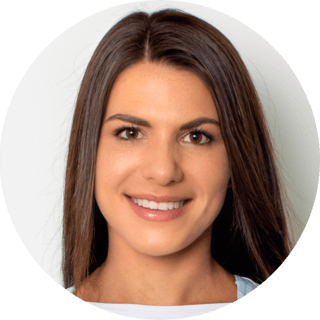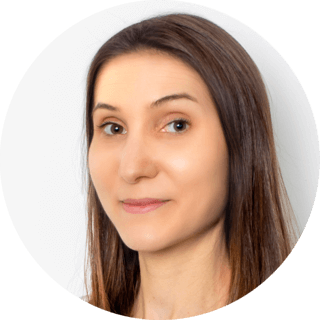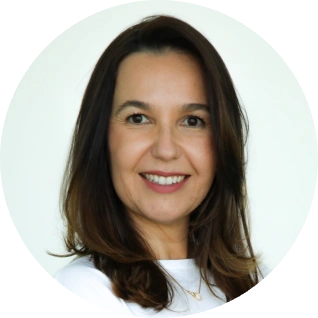Scoliosis is a medical condition where a person’s spinal axis has a three-dimensional deviation. Although it is a complex three-dimensional condition, when viewed on an X-ray of a patient’s rear profile, the individual’s spine can resemble an “S” or a “C” rather than a straight line.
According to the SRS (Scoliosis Research Society), the most common type of scoliosis is idiopathic, affecting 80 to 90% of all scoliosis patients. The other 10 to 20% are scoliosis with known etiology such as congenital neuropathic or neuro-muscular origin.
The group of idiopathic scoliosis is subdivided into 3 subgroups, which are determined by the first features detected:
The earlier the idiopathic scoliosis is diagnosed, the higher chances it will be corrected as the bone structure is still soft.
In general, scoliosis itself does not cause pain in children or teens. When back pain is present with scoliosis, it may be because the spine’s curve is causing stress and pressure on the spinal disc, nerves, muscles, ligaments, or facet joints of the spine itself. This imbalance can then radiate to the surrounding tissues and compromise correct muscular alignment.

Fortunately, most children with scoliosis will not need surgery to correct the condition. Usually, other non-surgical treatments can help the person with the condition to live an active life.
Here at NorAlign, our non-surgical treatment plan for scoliosis varies from person to person. Some people are fine after 10 sessions; however, this depends very much on their participation. We cannot emphasize enough that scoliosis treatment is more than anything else a team-based approach. The team members, the patient, and the therapist will work hand in hand and need to do their individual “homework,” meaning following the treatment plan.



Privacy Policy Website built by landing-pages.io